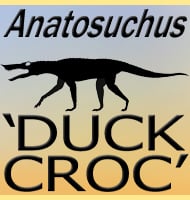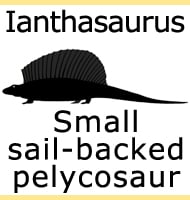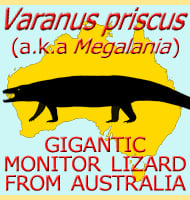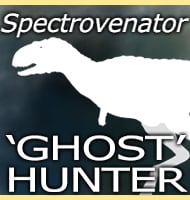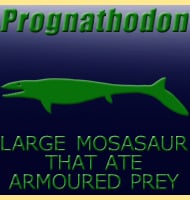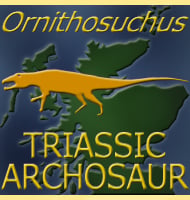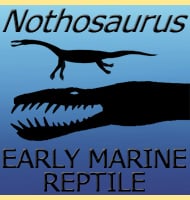In Depth
Stupendemys was a genus of pleurodiran turtle, a type better known as a side-necked turtle. Side necked turtles acquired their name because their necks are so long that the only way they could fit under the shell was to fold their necks into one side. The preserved length of the largest known Stupendemys carapace (the upper shell) is one hundred and eighty centimetres long, and has been estimated to be as much as three hundred and thirty centimetres long in the living animal. With the addition of the long neck Stupendemys would have been even longer than the famously huge Archelon, a giant sea turtle that lived earlier in the late Cretaceous period.
Unlike Archelon, Stupendemys was a freshwater turtle, and one that inhabited the river systems and lakes of Northern South America around the boundary of the late Miocene and early Pliocene. The huge size of Stupendemys might be a response to the predatory threats living in South America which included giant crocodiles such as Mourasuchus, Gryposuchus and particularly the caiman-like Purussaurus.
Additional remains of Stupendemys shells now found have revealed that male Stupendemys grew two enlarged spikes from the front of the shell that pointed forwards alongside each side of the neck. These spikes have wear patterns on them that seem to indicate that they were used in combat between rival males. The larger the spikes grew, the more advantage they would have in combat, and may have also served as display for impressing females.
Large pleurodiran turtles seemed to have been very common in the river systems of South America during the Cenozoic, with another example being Carbonemys, a pleurodiran with a shell one hundred and seventy-two centimetres long that lived in South America not long after the dinosaurs went extinct.
Further Reading
- Stupendemys geographicus, the world’s largest turtle. - Breviora 436:1-31. - R. C. Wood. - 1976. - A cintura p�lvica do quel�nio Stupendemys (Podocnemididae, Podocnemidinae) proveniente do Mioceno superior-Plioceno do Estado do Acre, Brasil [The pelvic girdle of quel�nio Stupendemys (Podocnemididae, Podocnemidinae) coming from the upper Miocene-Pliocene of the State of Acre, Brazil]. - Acta Geologica Leopoldensia, 20(45):47-50. - J. Bocquentin & E. Guilherme - 1997. - Stupendemys souzai sp. nov. (Pleurodira, Podocnemididae) from the Miocene-Pliocene of the Solim�es Formation, Brazil. - Revista Brasileira de Paleontologia 9(2): 187-192. - Jean Bocquentin & Janira Melo - 2006.
